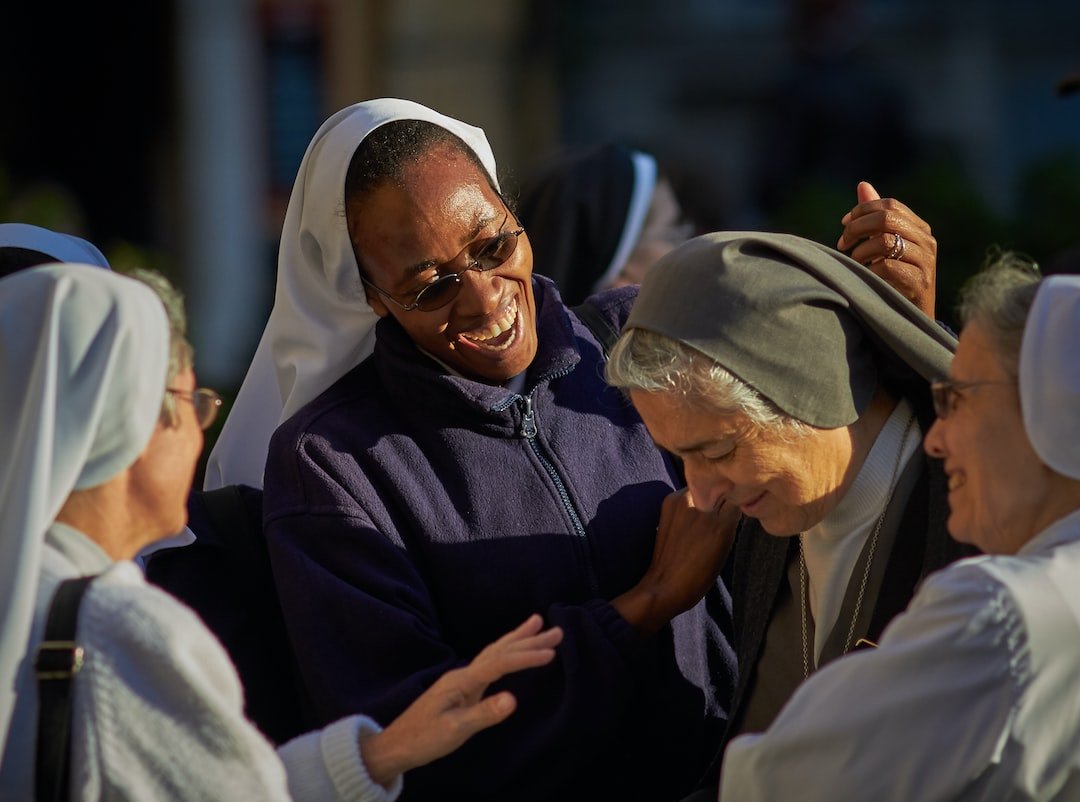Home Culture and Traditions Food and Cuisine History and Heritage Politics and Government
The Vibrant Tapestry of Religious Minorities in Urdu-Speaking Communities
Category : Social issues and current events | Sub Category : Religious minorities Posted on 2023-07-07 21:24:53

The Vibrant Tapestry of Religious Minorities in Urdu-Speaking Communities
Introduction:
The official language of Pakistan is called Urdu, and it is also important in other parts of the Indian subcontinent. The linguistic prowess and diverse religious beliefs of the Urdu-speaking communities are well known. We will explore the contributions, challenges, and resilience of the Urdu religious minorities in this post.
1 The landscape of the communities that speak Urdu.
A harmonious coexistence of faiths is fostered by the diverse range of religious beliefs of the Urdu-speaking communities. Hindus, Christians, Sikhs, and Bah's are some of the significant populations of Hindus in the Urdu-speaking communities. The cultural tapestry created by religious pluralism is unique to the Urdu-speaking world.
2 Contributions of religious minorities in the area.
Despite being minorities, individuals from different religious groups have made significant contributions to the arts. Prominent Urdu poets like Jagan Nath Azad, Krishan Chander, and Brij Narayan Chakbast have created masterpieces that honor their faiths' teachings and values. The renowned Reverend J is a Christian scholar. C. T. Rowlatt has a vital role in making religious texts accessible to a wider audience.
3 The challenges faced by religious minorities in the area of Urdu.
The challenges that the Urdu-speaking communities face are similar to those faced by any religious minority. Discrimination, social exclusion, and limited access to resources are some of the obstacles that individuals from these communities face. Religious minorities sometimes struggle to express their religious practices or preserve their cultural heritage. It is important to acknowledge and address these challenges.
4 There is resilience and inter-dependence.
Religious minorities in the Urdu-speaking communities have shown resilience despite the difficulties. Many organizations and initiatives are working to bridge the gaps and foster mutual understanding among diverse religious groups. Festivals like Basant Panchami, Christmas, and Diwali are used to promote unity among different faiths.
Conclusion
The Urdu-speaking communities are an example of religious diversity. The contributions made by religious minorities in the world highlight the strength of the faith. It is important to celebrate and promote the rights and cultural heritage of the religious minorities in the area. By preserving this tapestry of faiths, we can foster a more tolerant world.
Leave a Comment:
SEARCH
Recent News
- The Urdu community is known for its rich cultural heritage and unique traditions. One of the items that hold a special place in this community is the woolen stoles. These stoles are not just a piece of clothing but also a symbol of tradition and cultural identity.
- The Urdu community has a rich tradition of craft and artistry, including the creation of beautiful winter stoles. These stoles are not just accessories to keep you warm during the chilly winter months but are also exquisite pieces of fabric that showcase the intricate craftsmanship of the Urdu community.
- The Urdu community plays a vital role in wildlife conservation efforts around the world. With a deep connection to nature and a strong tradition of stewardship, Urdu speakers are actively involved in protecting endangered species, preserving natural habitats, and promoting environmental awareness.
- The Growing Urdu Community in Vancouver and the Top Startups Making Waves
- The Urdu community in Vancouver plays a significant role in the city's thriving export and import industry. With a rich cultural heritage and a strong network of businesses, individuals from the Urdu community contribute to the economic growth and diversity of the region.
- The Urdu community in Vancouver plays a significant role in the city's diverse cultural landscape. With a growing population of Urdu-speaking residents, there has been an increasing demand for businesses that cater to the needs and preferences of this community. From restaurants serving traditional Pakistani and Indian cuisine to grocery stores offering imported goods, there are numerous businesses in Vancouver that cater to the Urdu community.
- The Urdu community in Vancouver is a vibrant and growing population that contributes to the diverse cultural fabric of the city. As members of this community look for employment opportunities, they seek out the best companies in Vancouver that are welcoming, supportive, and offer opportunities for growth and success.
- The Urdu community in the UK is an integral part of society, contributing to the country's cultural diversity and economic growth. As members of this community seek to establish businesses and achieve financial independence, government support programs play a crucial role in their success.
READ MORE
2 months ago Category : uurdu

The Urdu community is known for its rich cultural heritage and unique traditions. One of the items that hold a special place in this community is the woolen stoles. These stoles are not just a piece of clothing but also a symbol of tradition and cultural identity.
Read More →2 months ago Category : uurdu

The Urdu community has a rich tradition of craft and artistry, including the creation of beautiful winter stoles. These stoles are not just accessories to keep you warm during the chilly winter months but are also exquisite pieces of fabric that showcase the intricate craftsmanship of the Urdu community.
Read More →2 months ago Category : uurdu

The Urdu community plays a vital role in wildlife conservation efforts around the world. With a deep connection to nature and a strong tradition of stewardship, Urdu speakers are actively involved in protecting endangered species, preserving natural habitats, and promoting environmental awareness.
Read More →2 months ago Category : uurdu
